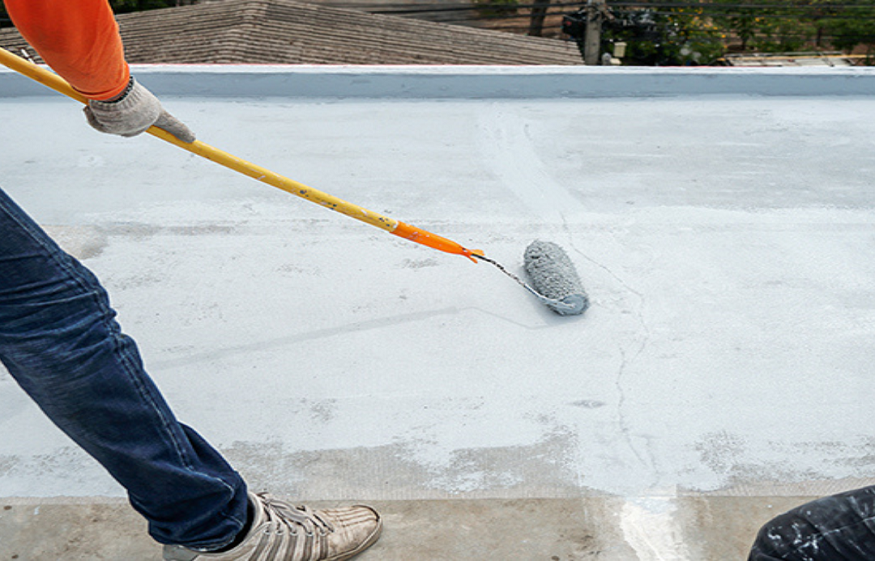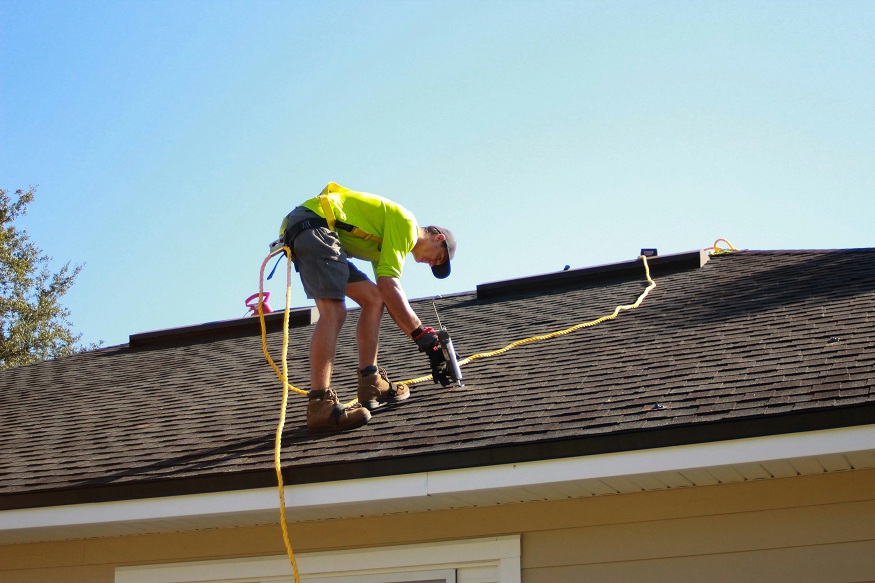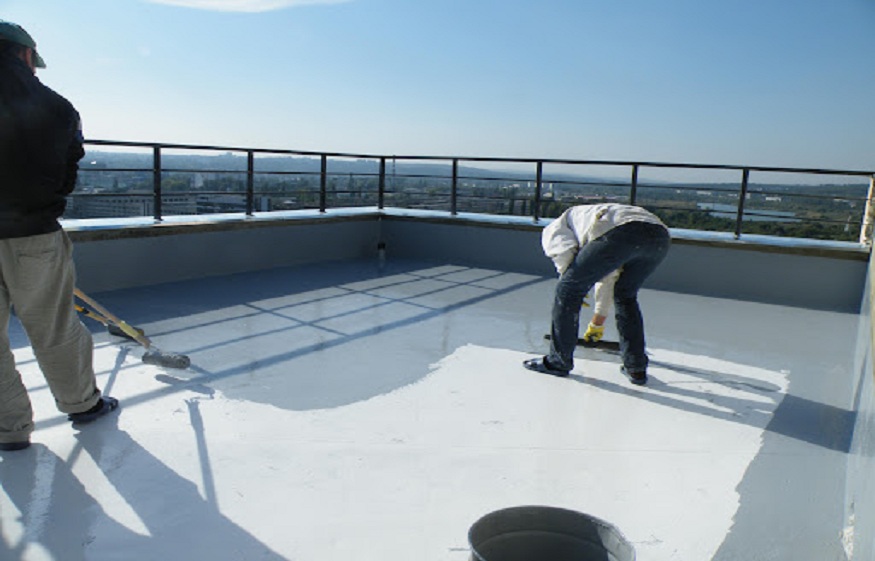Monsoons can be refreshing, but for many homeowners, they come with a list of problems. Leaks, damp walls, and mold are common headaches during rainy seasons. If water gets inside your house, it can damage both the structure and comfort of your home.
A good waterproofing system can protect your home from these issues. Products like waterproofing paint and roof treatments are effective ways to keep water out. In this post, we’ll explain how waterproofing works, why it’s important, and what you should know about costs, including the waterproofing for roof price.
What is Waterproofing?
Waterproofing makes surfaces of your home resistant to water. This stops water from seeping into walls, roofs, or other parts of the house. Specialized coatings, sealants, and paints are used to create a barrier that keeps water out.
One of the most common solutions is waterproofing paint. It’s a protective layer for walls and roofs that stops water from getting in. This type of paint is especially useful in areas with heavy rain, helping to keep your home dry even during a downpour.
Why Do You Need Waterproofing?
Rain and moisture can cause serious problems in your home if not managed properly. Here’s how waterproofing helps:
- Stops Dampness and Mold
Damp walls and ceilings aren’t just ugly; they can also become breeding grounds for mold. Mold is not just bad for your house, but it also affects your health, causing allergies or breathing issues. Waterproofing keeps water out, which helps prevent mold and damp spots. - Keeps Your Home Strong
Water can weaken your home’s structure over time. It can seep into walls and cause cracks. With waterproofing, you add a protective layer that prevents this damage, ensuring your home lasts longer. - Cuts Down on Repair Costs
Fixing problems caused by water is expensive. Waterproofing might seem like an investment at first, but it saves you the cost of repairs caused by water damage over time.
Waterproofing Paint and How It Helps
Waterproofing paint is a simple and effective tool for protecting your home. It is specially designed to stop water from passing through walls and roofs. This paint creates a water-resistant layer, keeping your home dry.
A major benefit of this paint is that it can be used both indoors and outdoors. You can apply it to external walls to block rainwater or even inside bathrooms and kitchens, where water is constantly present. It’s a versatile solution for many areas of your home.
Roof Waterproofing Basics
Your roof faces harsh weather directly, especially during the monsoon. Without proper waterproofing, rainwater can seep through, causing damp ceilings and leaks. That’s why waterproofing for roofs is so important.
Roof Waterproofing Methods
There are different ways to waterproof a roof. The method you choose depends on your roof type and budget.
- Waterproof Membranes
These are sheets of material placed on roofs to block water. They are strong and work well for flat roofs. - Liquid Coatings
These are applied as a liquid and harden into a flexible, waterproof layer. They are seamless, making them very effective at stopping leaks. - Waterproofing Paint
This is a more affordable and simple method for protecting roofs. It creates a water-resistant layer and is popular with homeowners.
Waterproofing Costs
When you’re looking into waterproofing for roof price, you’ll notice that costs depend on several factors. These include the size of your roof, the materials used, and whether you hire professionals or do it yourself. Professional services are more expensive but guarantee durability.
If you are on a tight budget, waterproofing paint is a cost-effective option you can apply yourself. For more advanced solutions like membranes or liquid coatings, it’s a good idea to hire a professional.
How to Prepare for the Monsoon
While waterproofing is essential, there are some simple steps you can take to keep your home in good condition during the monsoon:
- Inspect Your Roof: Check for cracks and areas where water might collect.
- Clean Gutters: Remove leaves and debris so rainwater flows freely.
- Fix Any Cracks: Repair small cracks in walls or roofs before they get worse during the rain.
- Reapply Waterproofing if Needed: Some waterproofing layers may need to be redone every few years. Check your home and make updates when needed.
Final Thoughts
Waterproofing is a small step that makes a big difference during the rainy season. It keeps your home dry, prevents mold, and protects the structure of your house. Whether you use waterproofing paint, membranes, or other methods, this investment is worth it for your home’s safety and value.
By taking action now and doing regular checks, you can handle even the heaviest monsoons with ease. Waterproofing gives you peace of mind, letting you enjoy the rain without worrying about leaks or damp walls.



